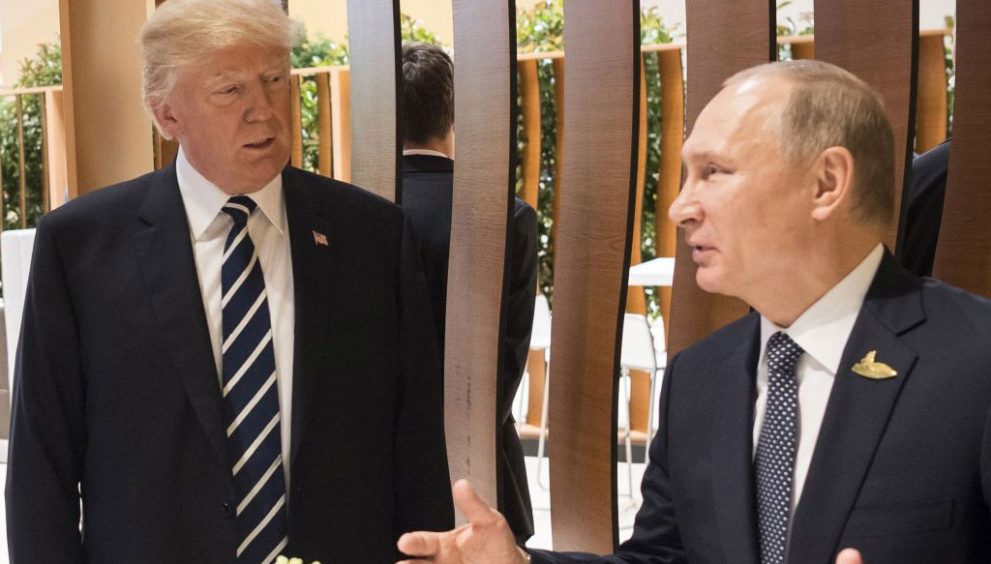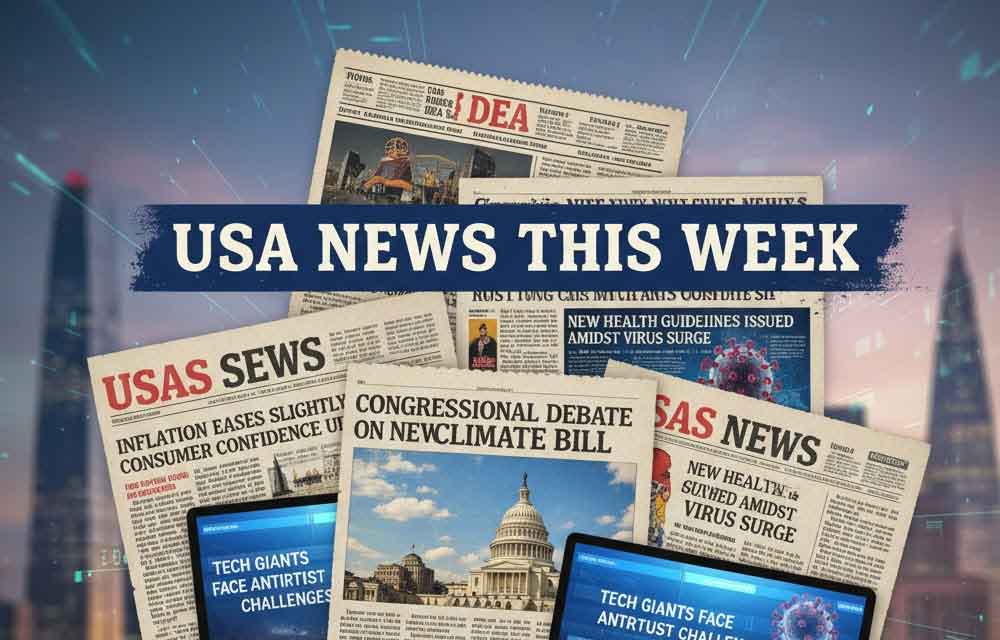Trump’s Frustration with Putin: A Game-Changer for Ukraine and Global Politics

In a stunning twist, President Donald Trump has turned heads with a sharp rebuke of Russian President Vladimir Putin, signaling a seismic shift in U.S. policy toward the Russia-Ukraine war. Speaking to the BBC on July 15, 2025, Trump declared, “I’m disappointed in him, but I’m not done with him,” hinting at a fractured bond with the Kremlin leader. This bold stance, paired with promises of military aid for Ukraine and threats of crippling tariffs on Russia, has sparked intense debate about its impact on the conflict and global stability. For ClickUSANews readers, this unfolding drama raises critical questions about America’s role in the war, Ukraine’s future, and the ripple effects worldwide. Let’s break down Trump’s evolving position and what it means for the world stage.
From Bromance to Breakup: Trump’s Fallout with Putin
Trump’s once-cozy relationship with Putin has taken a hit. Throughout his campaign, Trump boasted he could end the Ukraine-Russia conflict in a day, leveraging his rapport with Putin. But recent events have soured this dynamic. In his BBC interview, Trump expressed frustration over Putin’s repeated betrayals, noting that four times he believed a ceasefire was near, only for Russia to launch devastating attacks, including a 400-drone assault on Ukrainian cities. “I’ll think we’re close to a deal, and then he bombs a building in Kyiv,” Trump said, visibly irritated.
The tipping point came after a July 4 call with Ukrainian President Volodymyr Zelensky, where Trump proposed arming Ukraine with long-range weapons to pressure Russia. Sources close to the president, including Melania Trump, reportedly highlighted Putin’s pattern of promising peace while escalating violence, such as targeting a nursing home. Trump’s rhetoric has since sharpened, accusing Putin of deceit and vowing to “make Russia feel the consequences.”
A Bold U.S. Move: Arms for Ukraine, Tariffs for Russia
Trump’s frustration has sparked action. On July 14, 2025, alongside NATO Secretary-General Mark Rutte, Trump announced a major policy shift: the U.S. would supply billions in weapons, including Patriot air defense systems, to Ukraine via NATO, with European allies covering costs. This reverses an earlier pause in arms shipments, which Trump briefly halted for a Pentagon review before greenlighting their resumption.
In a dramatic escalation, Trump issued a 50-day ultimatum to Russia, threatening 100% tariffs on Moscow and its trade partners, including China and India, if no ceasefire is reached by September 2, 2025. These “secondary tariffs” could disrupt global markets, raising concerns about economic fallout. The Kremlin’s Dmitry Peskov called the threats “serious,” reflecting Russia’s unease over Trump’s hardline approach.
Ukraine’s Mixed Reaction: Relief and Reservations
In Ukraine, Trump’s pivot has sparked cautious optimism. Zelensky welcomed the renewed U.S. support, particularly the Patriot missiles, which are vital for countering Russia’s relentless drone and missile barrages. Yet, leaders like Kyiv Mayor Vitaly Klitschko and MP Kira Rudik expressed skepticism about the 50-day timeline, fearing it gives Russia time to intensify its offensive. With 400 drones striking Ukrainian energy infrastructure in a single night, the urgency is palpable.
Trump’s earlier pro-Russia leanings, including his reluctance to support Ukraine’s NATO bid, have left Ukrainians wary. Some fear the deadline could pressure Zelensky into a deal ceding territory to Russia, especially as Putin’s summer offensive aims to break the frontline stalemate.
Global Stakes: America’s Leadership in Question
For ClickUSANews readers, Trump’s shift underscores America’s evolving role in global leadership. His alignment with NATO and praise for Ukraine’s “resilient spirit” mark a departure from his isolationist campaign rhetoric. Yet, analysts question whether Trump’s frustration is driven by genuine support for Ukraine or a desire for a high-profile diplomatic victory, with some speculating he’s eyeing a Nobel Peace Prize.
The proposed tariffs could also hit U.S. allies and trading partners, including India, a major buyer of Russian oil. This risks straining diplomatic ties and driving up global energy prices, impacting American consumers already grappling with inflation concerns.
What Lies Ahead for Ukraine and Beyond?
Trump’s 50-day deadline looms large, but Putin’s refusal to accept an unconditional ceasefire suggests he won’t budge easily. Experts argue Putin views the war as a “historic mission,” unlikely to yield without significant gains. For Ukraine, the influx of U.S. weapons offers hope but no guarantee, as Russia’s intensified attacks overwhelm defenses despite an 85% drone interception rate.
Trump faces a delicate balancing act: projecting strength while navigating domestic pressures and global economic risks. For Americans, this saga highlights the stakes of U.S. foreign policy in a volatile world, with implications for everything from gas prices to international alliances.
Conclusion: A High-Stakes Showdown
Trump’s public break with Putin and his bold support for Ukraine signal a turning point in the Russia-Ukraine war. For ClickUSANews readers, this is more than a diplomatic spat—it’s a test of America’s resolve, with far-reaching consequences for Ukraine, global trade, and U.S. leadership. As the 50-day clock ticks down, the world waits to see if Trump’s gamble will force peace or fuel further conflict. One thing’s clear: the stakes are sky-high, and the outcome will shape geopolitics for years to come.













